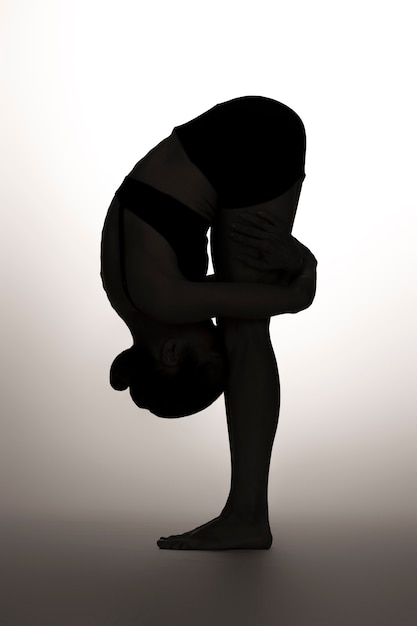
Yoga isn’t just about being flexible; it’s a practice with numerous health benefits for your memory, heart, and bones. People in the UK are now spending nearly £790 million annually on yoga classes and accessories.
While new trends in yoga, such as rage yoga or doing poses on paddle boards, are becoming more popular, science is also highlighting the real benefits of traditional yoga practices. For example, a study from UCLA found that a three-month yoga and meditation course was more effective at reducing age-related brain impairment than memory exercises. Another study indicated that yoga can improve sleep for breast cancer survivors.
Lucy Edge, who struggled with depression and opted for yoga instead of medication, found immense benefits from this practice. She took a break from her career, went to India, and learned yoga. Although she didn’t achieve the ideal “yoga body,” she returned feeling happier and more content. Lucy has since written several books about yoga and created Yoga Meds, an online resource that lists over 300 clinical trials showing yoga’s benefits for various health issues.
If you’ve only been doing crossword puzzles to keep your brain sharp, trying yoga might be a good idea. In UCLA’s study, adults over 55 who took a 12-week yoga and meditation course saw improvements in memory, reduced depression and anxiety, and better stress resilience. This suggests the need for more research into yoga as a way to maintain brain and heart health as we grow older.
You don’t need to spend hours on challenging poses to benefit. The study involved participants doing one hour of Kundalini yoga each week, along with 20 minutes of daily Kirtan Kriya meditation, which includes chanting and visualizing light.
Yoga is also great for heart health. A systematic review published in 2014 showed that yoga could reduce heart disease risk as much as conventional exercises like brisk walking. It helps manage stress, which is a significant contributor to heart disease.
Dr. Mike Knapton from the British Heart Foundation points out that yoga has well-established benefits for emotional health, including helping with anxiety, stress, and depression, and it can improve blood pressure, cholesterol, and weight.
Charlotte Watts, a yoga teacher and author, created a series of gentle yoga poses to help reduce stress, which is ideal for beginners. Anna Ashby, a senior yoga teacher, recommends Restorative yoga to give your nervous system a break and quickly reduce stress.
Sarah Shone, a physiotherapist and yoga teacher, integrated yoga into a back pain rehabilitation program with outstanding results – 87% of participants reported reduced pain. Yoga is included in NICE guidelines for treating lower back pain and can be adapted to various physical conditions.
For beginners, it’s essential to choose a suitable yoga style and inform your instructor about any health issues. Hatha and Iyengar yoga are more gentle, making them good starting points. Those with specific conditions like back pain should consult with their doctor about possible subsidized yoga courses.
Good yoga equipment can enhance your practice. When choosing a yoga mat, consider its thickness for joint protection, weight for portability, and length if you’re tall. Investing in a mat that suits your needs can significantly improve your practice.
The Elephant Cork Yoga Mat from Valka Yoga is highly recommended. It’s eco-friendly, durable, and provides excellent padding for your joints. The mat also features a beautiful design and is antimicrobial and odor-resistant, great for hot yoga.
A matching yoga block from Valka Yoga can assist with more challenging poses, offering extra stability and grip. It’s also aesthetically pleasing, making it a nice addition to your home.
Different yoga styles can meet various needs:
– For relaxation, try Yin or Restorative yoga.
– For an energetic practice, Vinyasa Flow links postures with breath.
– Iyengar yoga focuses on the alignment of each posture, using props to assist.
– Anusara yoga combines alignment with flowing movements, often set to music.
– Yoga Therapy is tailored for healing specific injuries or conditions.
Whichever style you choose, yoga offers something for everyone and can be a valuable addition to your self-care routine.